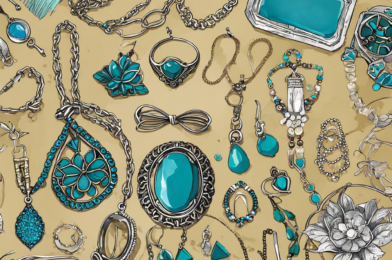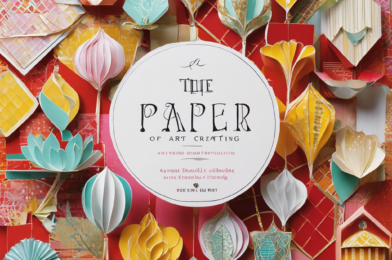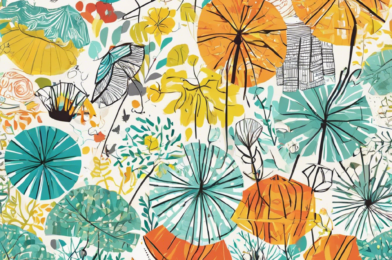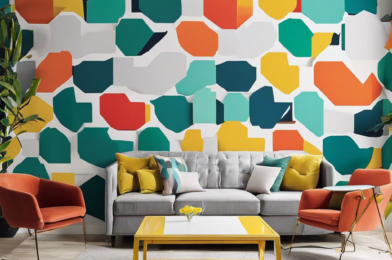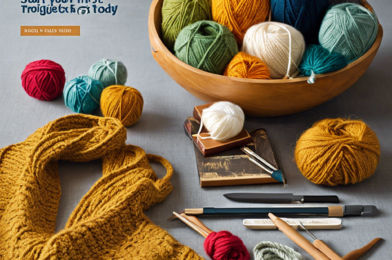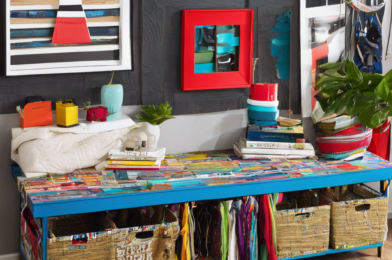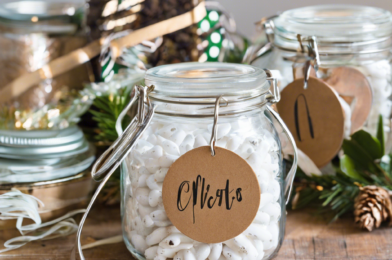Jewelry making is an ancient craft that has evolved over centuries, encompassing a myriad of techniques and materials. For beginners, the array of choices can be overwhelming, so it’s beneficial to start with the basics and master simple techniques before advancing to more complex designs. Jewelry making is an incredibly rewarding hobby that can also turn into a thriving business with the right skills and dedication.
One of the simplest ways to start crafting jewelry is by mastering the art of wire wrapping. This technique requires only a few basic tools: wire cutters, pliers (chain-nose and round-nose), and, of course, wire. Copper, brass, and aluminum wires are perfect for beginners as they are affordable and easy to manipulate. To create a wrapped loop, simply make a small loop at the end of your wire with round-nose pliers and then wrap the wire around the base of the loop several times. This technique forms the foundation of many earring and pendant designs and is an excellent way to practice your precision and control.
Another essential skill for beginners is learning how to open and close jump rings properly. Jump rings are small metal rings used to connect different components in jewelry making. Using two chain-nose pliers, hold each side of the jump ring and gently twist to open and close them. It’s important to practice this technique as it will be used frequently when creating jewelry, and mastering it will ensure your pieces are securely connected.
Basic stringing is another beginner-friendly technique. It involves using beading wire or flexible beading thread to string beads or other components and then finishing the ends with crimp beads or clasps to create bracelets, necklaces, and anklets. This method is an excellent way to experiment with different bead combinations and create unique, personalized jewelry.
As you progress, you can explore more advanced techniques, such as metal stamping, which involves imprinting designs or words onto metal blanks to create personalized charms or pendants. Metal stamping requires specialized tools, such as metal stamps, a hammer, and blank discs or tags, but it allows you to infuse meaning and sentiment into your jewelry designs.
In addition to these basic techniques, beginners can also experiment with headpin wrapping, where beads are wrapped onto headpins to create dangles that can be used in earrings or as connectors in more complex designs. Practicing these fundamental skills will build your confidence and lay the groundwork for more intricate jewelry-making endeavors.
For those eager to advance their skills further, investing in a jewelry-making kit is advisable. These kits typically include an assortment of tools, wires, beads, and findings, providing a comprehensive starting point for beginners. Additionally, online tutorials and courses offer valuable guidance and inspiration, enabling aspiring jewelers to develop their creative abilities and technical proficiency.
When it comes to finding materials and tools, a vast array of options is available online and in craft stores. Building a basic toolkit for jewelry making is relatively inexpensive, and many suppliers offer starter packs or beginner-friendly bundles. It’s also worth scouring second-hand stores and garage sales for unused tools or vintage jewelry that can be taken apart and repurposed.
Lastly, joining online communities and local craft groups can provide valuable support and inspiration for beginners. These groups often share tips, tricks, and innovative ways to approach jewelry making, fostering a sense of camaraderie and creativity within the jewelry-making community.
